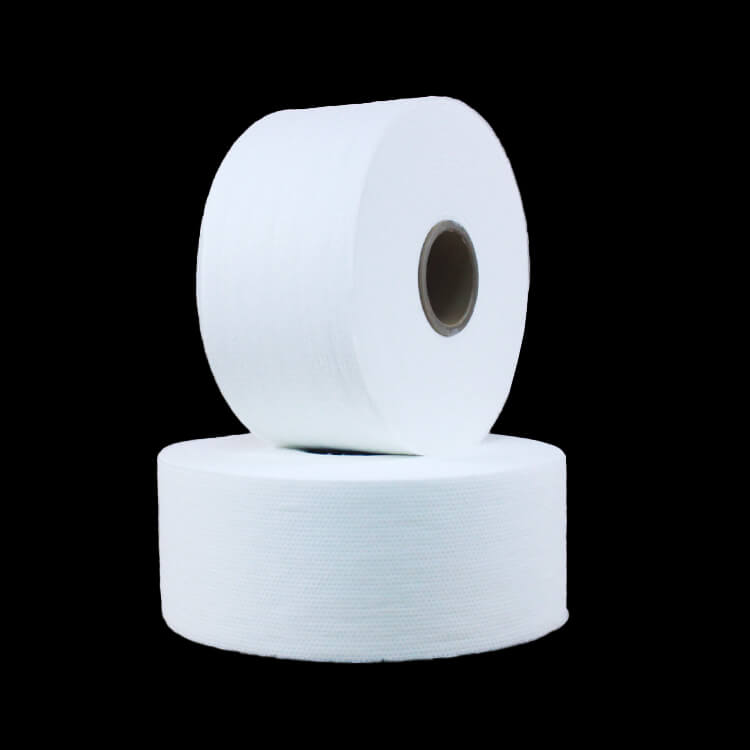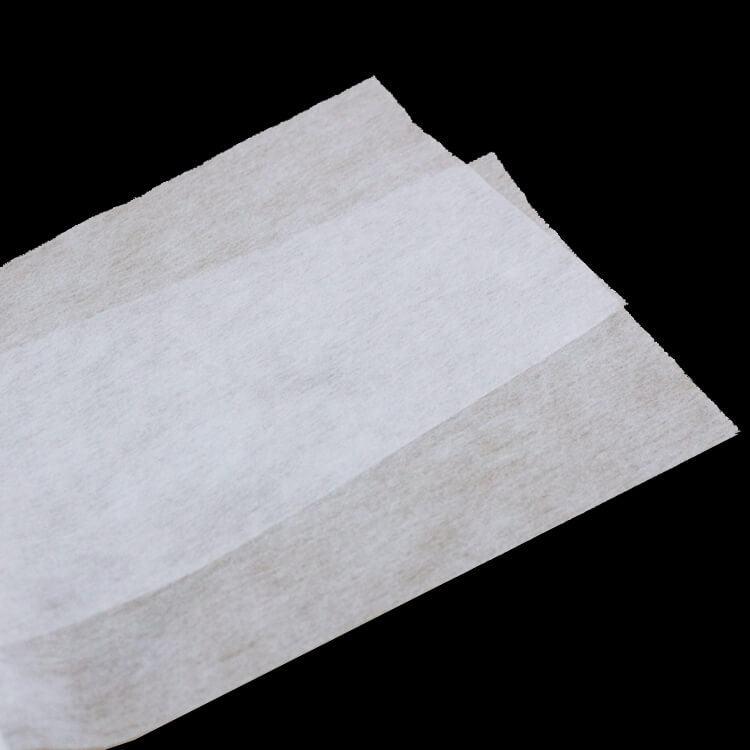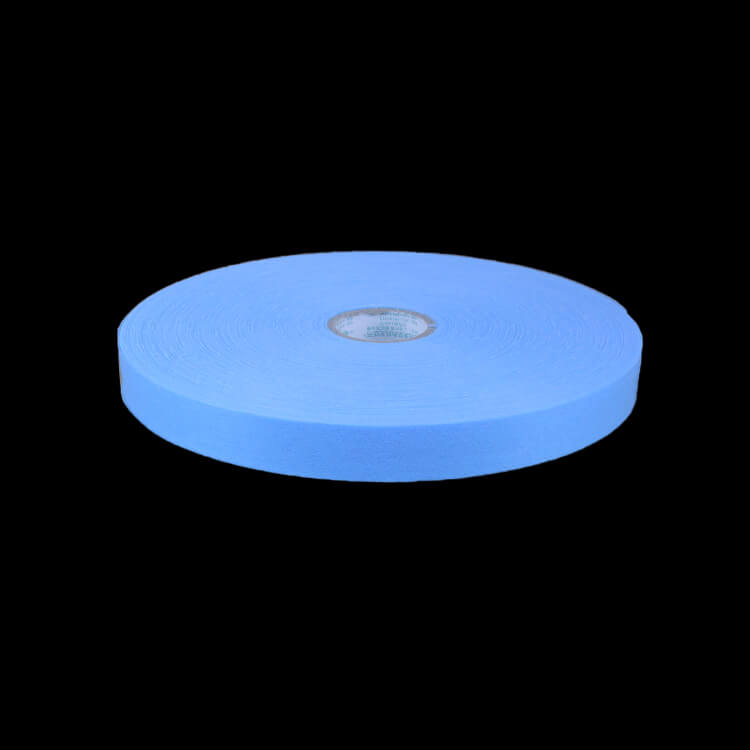Author:Baby & Adult Diaper Materials FROM:Diaper Materials Manufacturer TIME:2023-08-30
Enhancing Product Knowledge with Sanitary Pads Raw Materials

Sanitary pads are an essential part of women's lives, providing comfort and protection during menstruation. However, many consumers may not be aware of the materials used in manufacturing these pads or the impact they can have on their health. This article aims to enhance product knowledge by exploring the raw materials commonly employed in sanitary pads and their respective benefits and drawbacks.

Cotton is one of the most commonly used raw materials in sanitary pads due to its exceptional absorbency and breathability. This natural fiber allows for better airflow, reducing the risk of moisture buildup and potential infections. Moreover, cotton pads tend to be softer and more comfortable, providing a gentle touch on sensitive skin. However, it is imperative to choose pads made from organic cotton to avoid exposure to harmful chemicals commonly used in conventional cotton production.

Superabsorbent polymers (SAPs) play a vital role in enhancing the absorbency of sanitary pads. These polymers can absorb and retain large amounts of liquid, preventing leaks and ensuring a dry surface. SAPs are typically composed of sodium polyacrylate and cellulose fibers, which are fused together to form a gel-like substance when exposed to moisture. While SAPs significantly improve pad performance, it is essential to consider their environmental impact and opt for brands that prioritize biodegradable materials.
Many sanitary pad manufacturers incorporate synthetic fibers, such as rayon or polyester, into their products. These materials are prized for their affordability and ability to create a smooth surface. However, they also pose some concerns. Synthetic fibers do not allow for proper air circulation, increasing the chances of bacterial growth and potential odor issues. Moreover, these materials are often derived from non-renewable resources and take a considerable amount of time to decompose. Sustainable alternatives, like bamboo fiber or corn-based PLA fiber, are gaining popularity as more eco-conscious options.
Understanding the raw materials used in sanitary pads is crucial for consumers to make informed choices about the products they use. Cotton provides excellent absorbency and breathability, while superabsorbent polymers enhance the pad's performance. However, synthetic fibers, though affordable, may come with drawbacks such as reduced breathability and environmental concerns. By considering these factors, individuals can select sanitary pads that prioritize comfort, safety, and sustainability, ensuring a positive and conscious menstrual experience.

 Email: info@whldiapernonwoven.com
Email: info@whldiapernonwoven.com
 MP/WhatsApp: +86-13599937366
MP/WhatsApp: +86-13599937366
 Manufacturer Address:Room 1105B, Bld M1, Manhattan, Yulongwan, Shimao, Shuanglong Road, Meiling Street, Jinjiang, Fujian, China
Manufacturer Address:Room 1105B, Bld M1, Manhattan, Yulongwan, Shimao, Shuanglong Road, Meiling Street, Jinjiang, Fujian, China